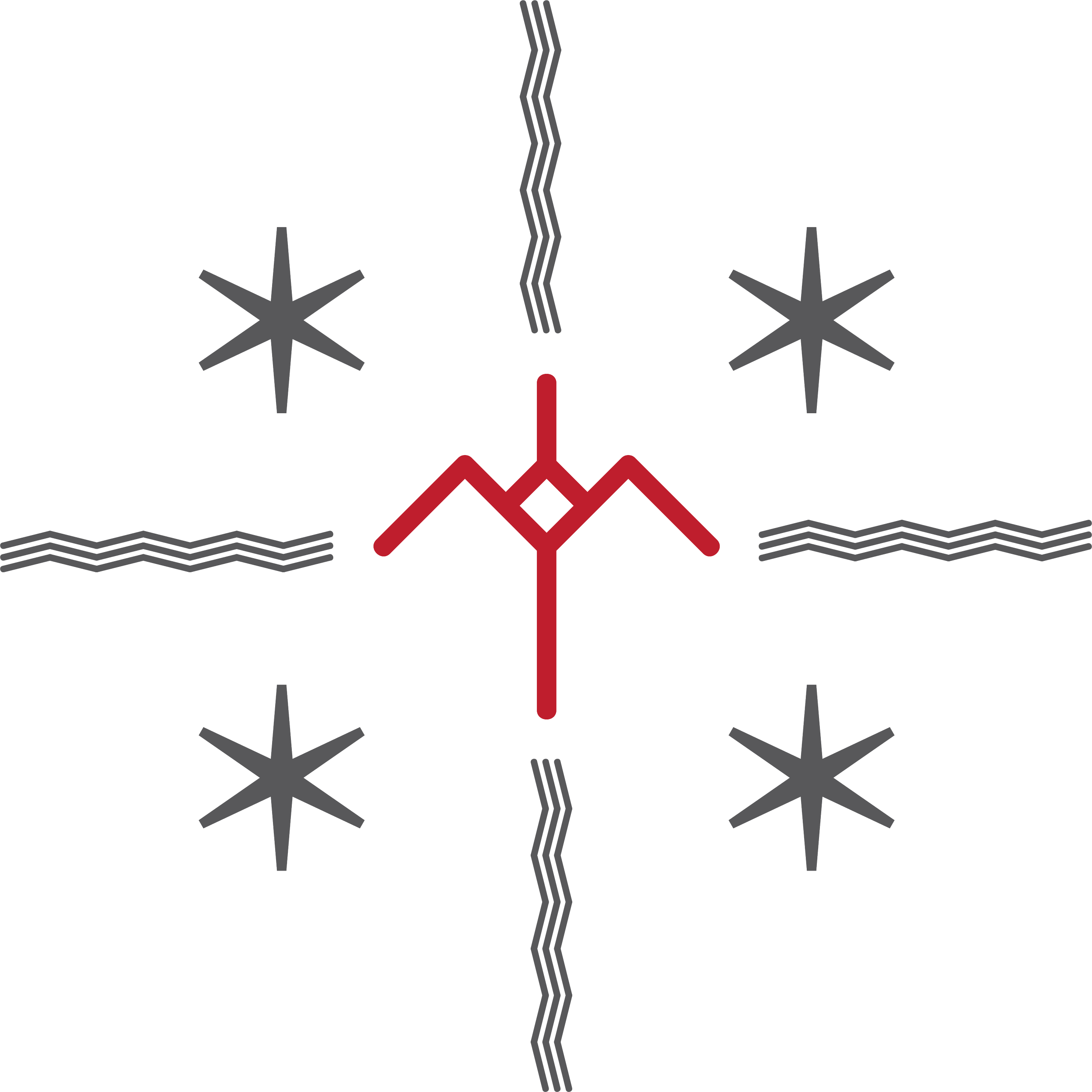Navigating the Etiquette of Paying for Tā Moko
***Disclaimer***
This article was AI generated and while it’s purpose is to be informative, it does:
A - Not reflect our personal views in any way and
B - Should not be relied upon as a sole source of information for the subject under discussion.
Receiving Moko is not just about choosing a design or finding the right artist; it also involves navigating the etiquette of paying for this unique form of art. Whether you're a tattoo enthusiast or a first-timer, understanding the nuances of compensating Moko artists is crucial. In this blog post, we'll explore the considerations, expectations, and tips surrounding the payment process for tattoos.
1. **Understanding the Cost Factors:**
The cost of moko is influenced by various factors, including the size, complexity, and location on the body. Additionally, the experience and reputation of the moko artist, the studio's location, and the time required for the moko all contribute to the overall cost. It's essential to have a clear understanding of these factors when anticipating the expense.
2. **Consultation and Design Fees:**
Some tattoo artists charge consultation or design fees, especially for custom pieces. This compensates them for their time and creative input during the initial stages of the tattooing process. If a design is intricate and requires customization, it's common for artists to request a fee upfront.
3. **Deposits:**
Most moko artists require clients to pay a deposit when booking an appointment. Deposits serve as a commitment to the appointment and compensate the artist for the time spent preparing for the session. It's crucial to clarify the deposit amount, refund policy, and any conditions related to rescheduling.
4. **Hourly Rates vs. Flat Fees:**
Moko artists may charge either hourly rates or flat fees for their services. Hourly rates are common for larger, more intricate pieces, while flat fees are often applied to smaller, simpler designs. Understanding the artist's pricing structure helps clients estimate the overall cost more accurately.
5. **Cash vs. Card Payments:**
While many tattoo studios still prefer cash payments, some now accept card transactions and bank transfer. It's advisable to check the preferred payment method with the studio and come prepared accordingly. Some artists may appreciate tips in cash, so having some on hand is considerate.
6. **Tip Etiquette:**
Tipping is a customary practice in the tattoo industry. While there is no fixed percentage, tipping is generally based on the quality of the work, the artist's professionalism, and the overall experience. Tipping is a way to show appreciation for the artist's skill and dedication to their craft.
7. **Open Communication:**
Clear communication about pricing and payment expectations is essential to avoid any misunderstandings. Don't hesitate to ask your tattoo artist about their rates, deposit requirements, and any additional costs associated with the process. Establishing open communication fosters a positive and transparent relationship.
8. **Post-Tattoo Care Considerations:**
After your moko is complete, it's customary to follow any aftercare instructions provided by the artist. If you have questions or concerns about the healing process, reach out to your moko artist. Some studios include touch-up sessions as part of the initial cost, while others may charge for additional work.
Conclusion:
Paying for tattoos involves more than just exchanging money; it's about acknowledging the artist's skill, time, and dedication to creating a lasting piece of art on your skin. By understanding the various aspects of tattoo payment etiquette, clients can navigate the process with respect, transparency, and appreciation for the unique art form that is Tā moko.
